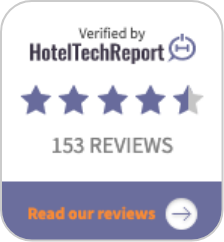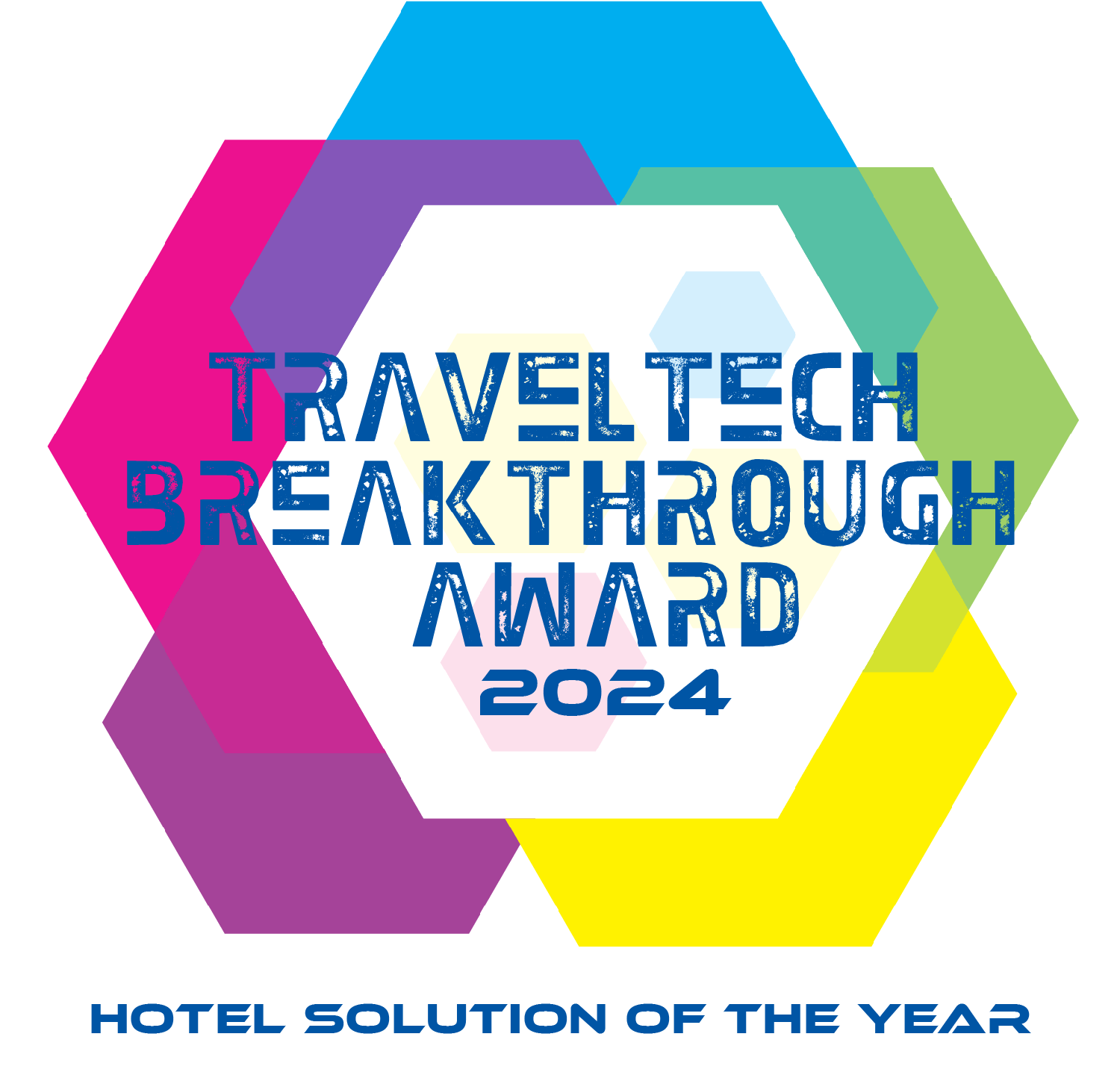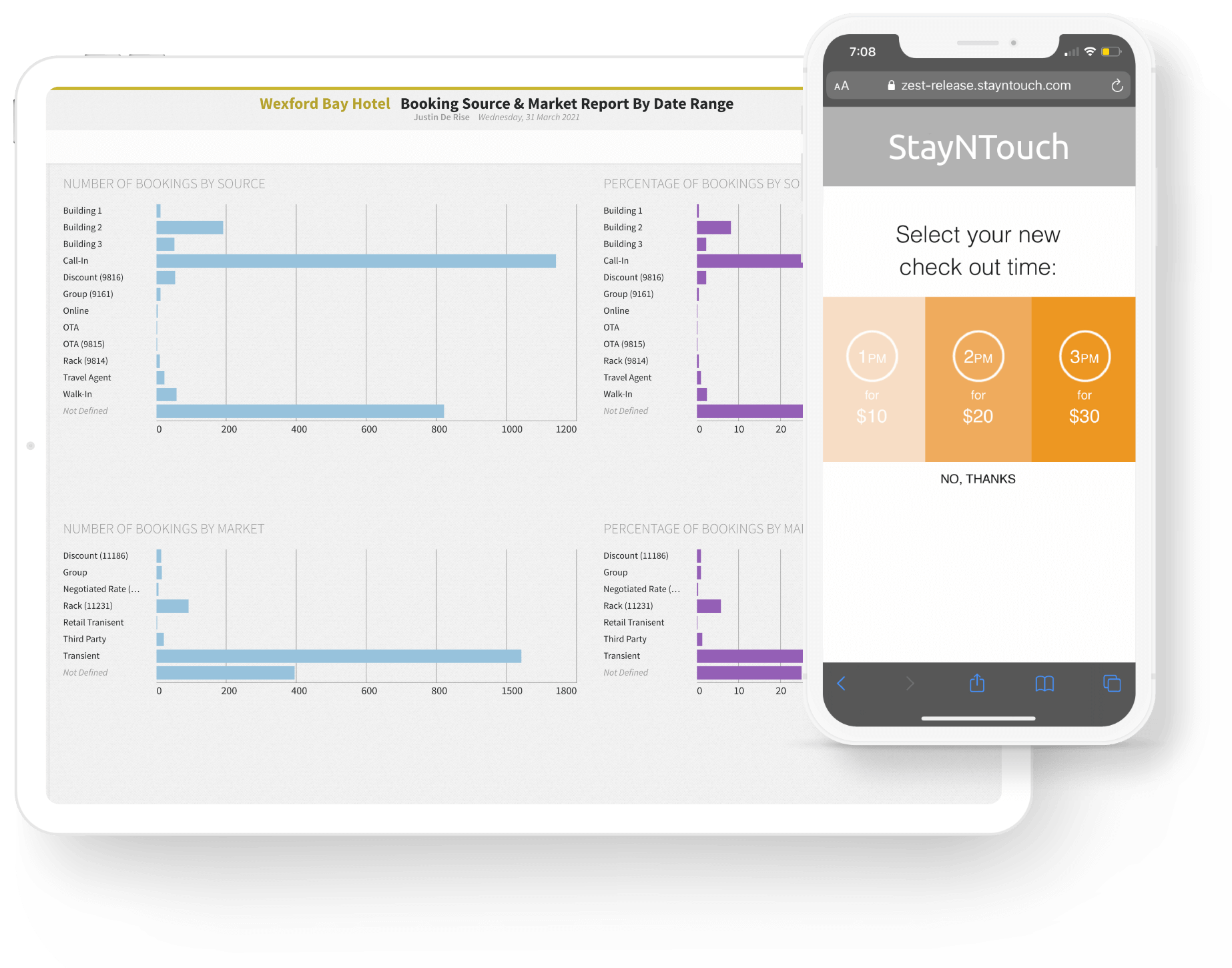- Tech Analyst and graph master, Horace Dediu called it the biggest news of 2014
- Google Ventures General Partner, MG Siegler called it ”smart,” and said, ‘the times they are a-changin.”
- To paraphrase the reaction of Markdown inventor and Apple pundit John Gruber: great design is fundamental to what has enabled the post-PC disruption of the entire computing industry.”
No, they’re not talking about the Apple Watch. It’s not Swift, and, it’s definitely not the Amazon Echo. In July of 2014, Apple and IBM announced a partnership. As opposed to most Apple announcements, this one flew under the radar. No C-level execs took the stage for the announcement, no live webcast. And the world didn’t take much notice.
Yet.
Some background for context…In 1995, through the process of several mergers, three leading object-oriented software methodologists, ended up at one company. At Rational Software, Grady Booch, Ivar Jacobson and James Rumbaugh, created the Unified Modeling Language, known colloquially as UML.
At the time, older modeling languages like FMC and Flowcharts handled user workflows. UML took it one step further with the consideration of Actors in the design process. Humans have always been a part of software interaction; but finally, the user’s actions were considered, not just the options. Thanks to developments in software design languages like UML, the user became not only a part of the software design process, but is essential to it.
Fast forward to 2015, and Apple has given a us a look at the results of the collaboration across industries like banking, air travel, retail, insurance, telecom, and government. The partnership has released a wave of consumer grade applications. The Airline solution, Passenger+ & Plan Flight are both fascinating, directed at Flight attendants and Pilots, respectively:
Passenger+
With the Passenger+ app, flight attendants have a powerful tool to help them deliver a whole new level of customer service for passengers who experience delays. With iPad in hand, flight attendants can identify VIP passengers, see who’ll be missing connections, and view up-to-the-minute alternative flights to rebook passengers — all while in flight. Passengers receive a new boarding pass via email and can add the confirmed reservation to Passbook on their iPhone. This innovative app empowers flight attendants to make traveling less stressful for travelers.
Plan Flight
With the Plan Flight app on iPad, pilots have access to systems of record to help them estimate the fuel for their upcoming flights with even more accuracy than ever before. Prior to flight, the pilot gets a summary of airport traffic, flight, and weather information right on iPad. This intuitive app lets pilots calibrate and view different fueling scenarios in seconds, without any paper calculations or calls to air traffic control. With this powerful iOS app, pilots can make well-informed decisions that yield significant reductions in wasted fuel and its associated costs.
These enterprise applications don’t look like your traditional enterprise apps. IBM has doubled down on design, betting over 100 million dollars on user experience. This enterprise collection looks like consumer apps one might see in an iPad commercial. These solutions aren’t counterparts to cloud platforms, or add-ons to desktop/server deployments—to update Marc Andreessen’s quote, the app is the platform. Above all, these aren’t about a faceless organization touting buzzwords like ‘process automation,’ or ‘reduced complexity.’ These applications were designed for the user, to provide a solution for the employee, not the corporation. Even further, different users get different solutions for different workflows.
You might notice there’s a multibillion dollar industry missing from the list. Hotel Reservation software and hotel property management software are noticeably absent from that list.
Technology and hotels have long languished because hotel PMS software was sold to corporate decision makers to streamline corporate workflows. Isn’t it about time hotel PMS software considered the end users as actors? Every hotelier knows that service is only as good the empowered employees who provide it. Take that one step further, and employee’s workflows are only as streamlined as the applications they utilize.
Your property management system shouldn’t look like an enterprise application. Your property management system should look like app that your users already know how to use.











